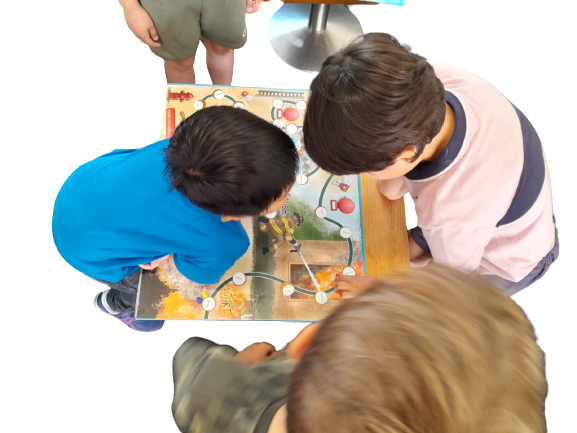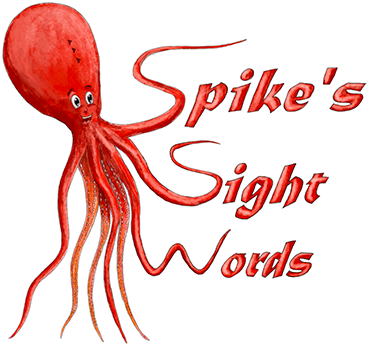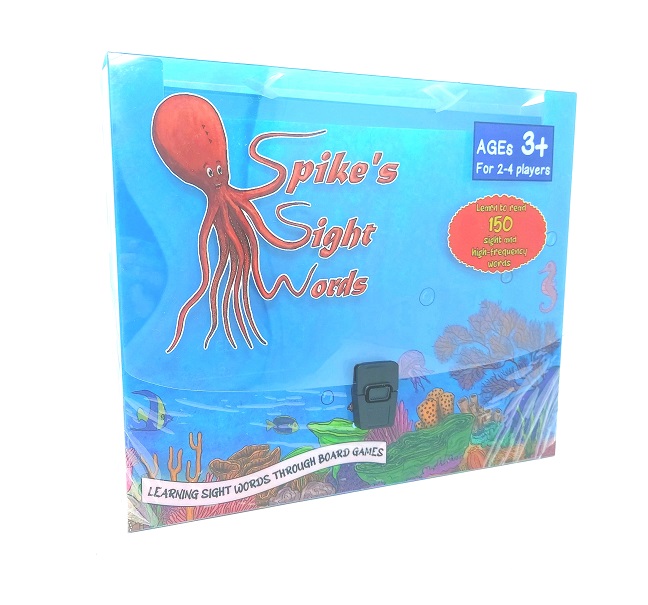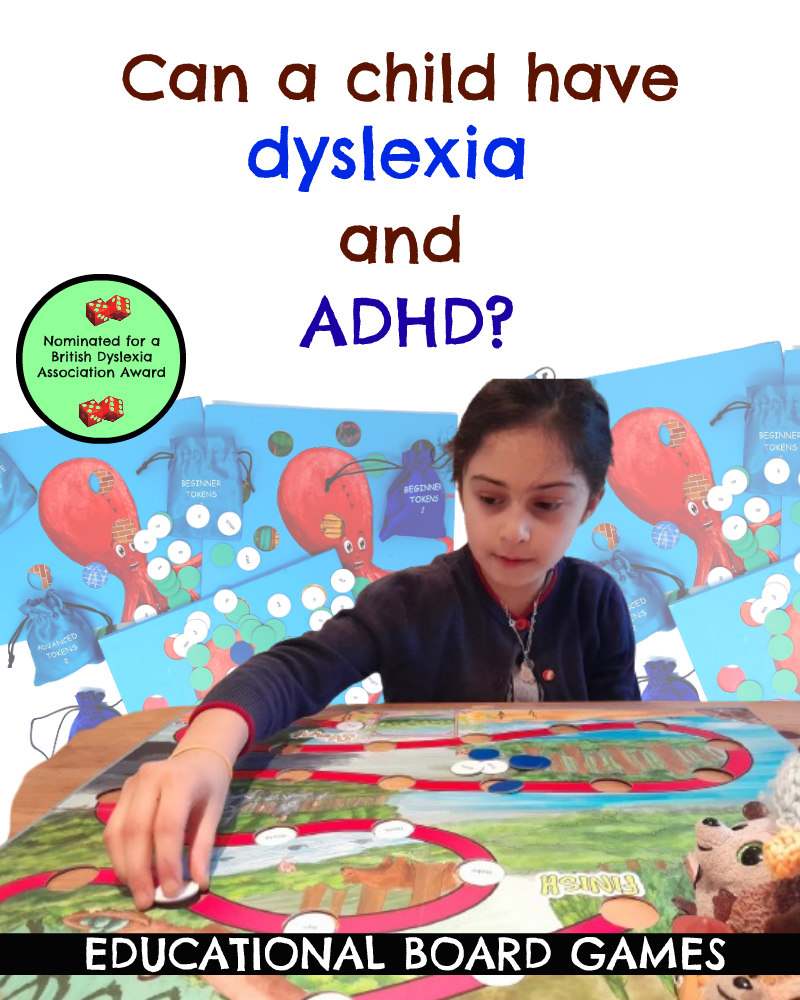
Dyslexia and attention deficit hyperactivity disorder (ADHD) are distinctly different. Broadly, the former is a reading disorder; the latter is associated with impaired attention and/or impulse control. So why are these conditions are often confused for one another?
In truth, considerable overlap exists between dyslexia and ADHD – from reading challenges to heritability – and both conditions frequently co-occur. ADHD and dyslexia are both linked to problems in school and with learning, but for different reasons. Ultimately, these overlapping traits complicate evaluations for ADHD and dyslexia, especially when both conditions are present. Nonetheless, a thorough evaluation that carefully considers each symptom cluster is critical to receive appropriate supports.
ADHD and dyslexia can co-exist. Although one disorder doesn’t cause the other, people who have one often have both.
According to the Centers for Disease Control and Prevention (CDC), almost 50% of children diagnosed with ADHD also have a learning disorder such as dyslexia.
In fact, their symptoms at times can be similar, making it hard to figure out what’s causing the behavior you’re seeing.
According to the International Dyslexia Association, ADHD and dyslexia can both cause people to be “dysfluent readers.” They leave out parts of what they’re reading. They get tired, frustrated, and distracted when they try to read. They may even act out or refuse to read.
ADHD and dyslexia both make it hard for people to understand what they’ve read, despite the fact that they’re quite intelligent and often very verbal.
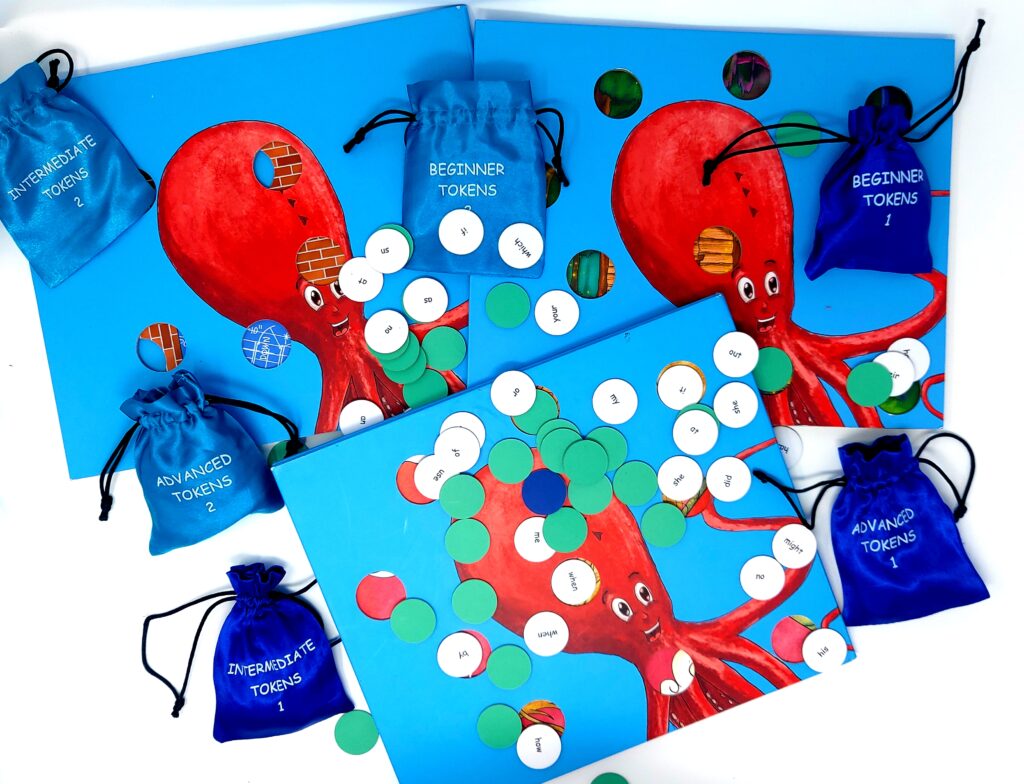
What is Dyslexia?
Dyslexia is a difficulty in learning to read aloud and spell. Like ADHD, dyslexia is a neurodevelopment disorder caused by the brain developing differently. Although dyslexia was first described over a hundred years ago, it is relatively recently that our understanding of dyslexia has improved.
Dyslexia is best thought of as a continuum, as opposed to a distinct category, as there are no clear cut-off points for diagnosis. Dyslexia has three key elements: word reading accuracy, reading rate, and fluency and reading comprehension. Additionally, when writing, spelling accuracy, grammar and punctuation accuracy, and clarity and organisation of written expression can be affected.
There are, however, positives to how some dyslexic people think. Some dyslexic people can show strengths in reasoning and in visual and creative fields.
What is ADHD?
ADHD is described as a chronic condition that makes it hard for people to focus on tasks that require them to organize, pay close attention, or follow through on instructions.
People with ADHD are also physically active to a degree that might be seen as inappropriate in some settings.
For example, a student with ADHD might shout out answers, wiggle, and interrupt other people in class. Students with ADHD aren’t always disruptive in class though.
ADHD might cause some kids not to perform well on long standardised tests, or they might not turn in long-term projects.
ADHD can also show up differently across the gender spectrum.
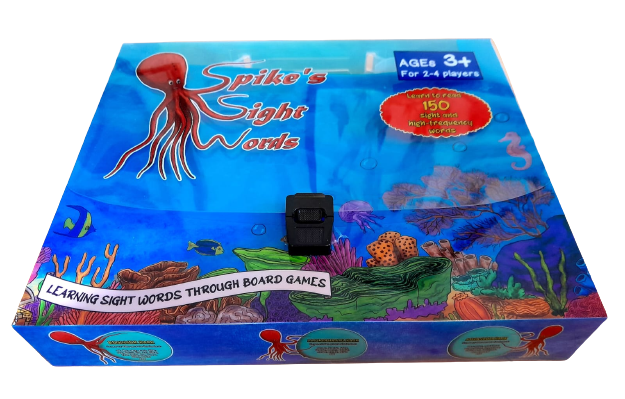
What you can do if you or your child has both?
Intervene early
If your child has ADHD and dyslexia, it’s vital that you meet with the whole educational team — teachers, administrators, educational psychologists, counselors, behavior specialists, and reading specialists.
Work with a reading intervention specialist
Studies show that the brain can adapt, and your reading ability can improve if you use interventions that target your decoding skills and your knowledge of the way sounds are made.
Help them with Alternative Resources
Yes, there are resources out there that are designed to help children who learn more visually and with low attention spans. Simply giving them an alternative way to learn may just be the answer!
